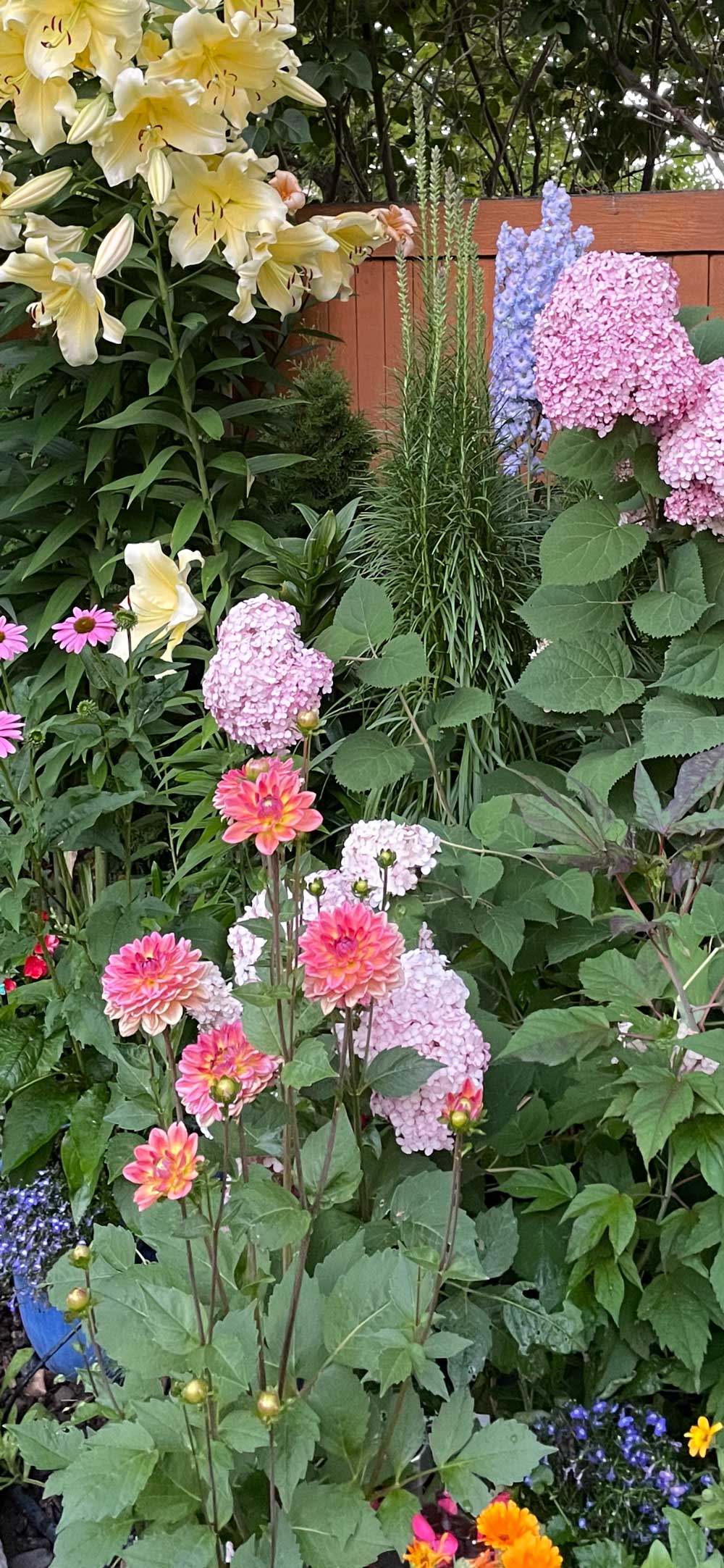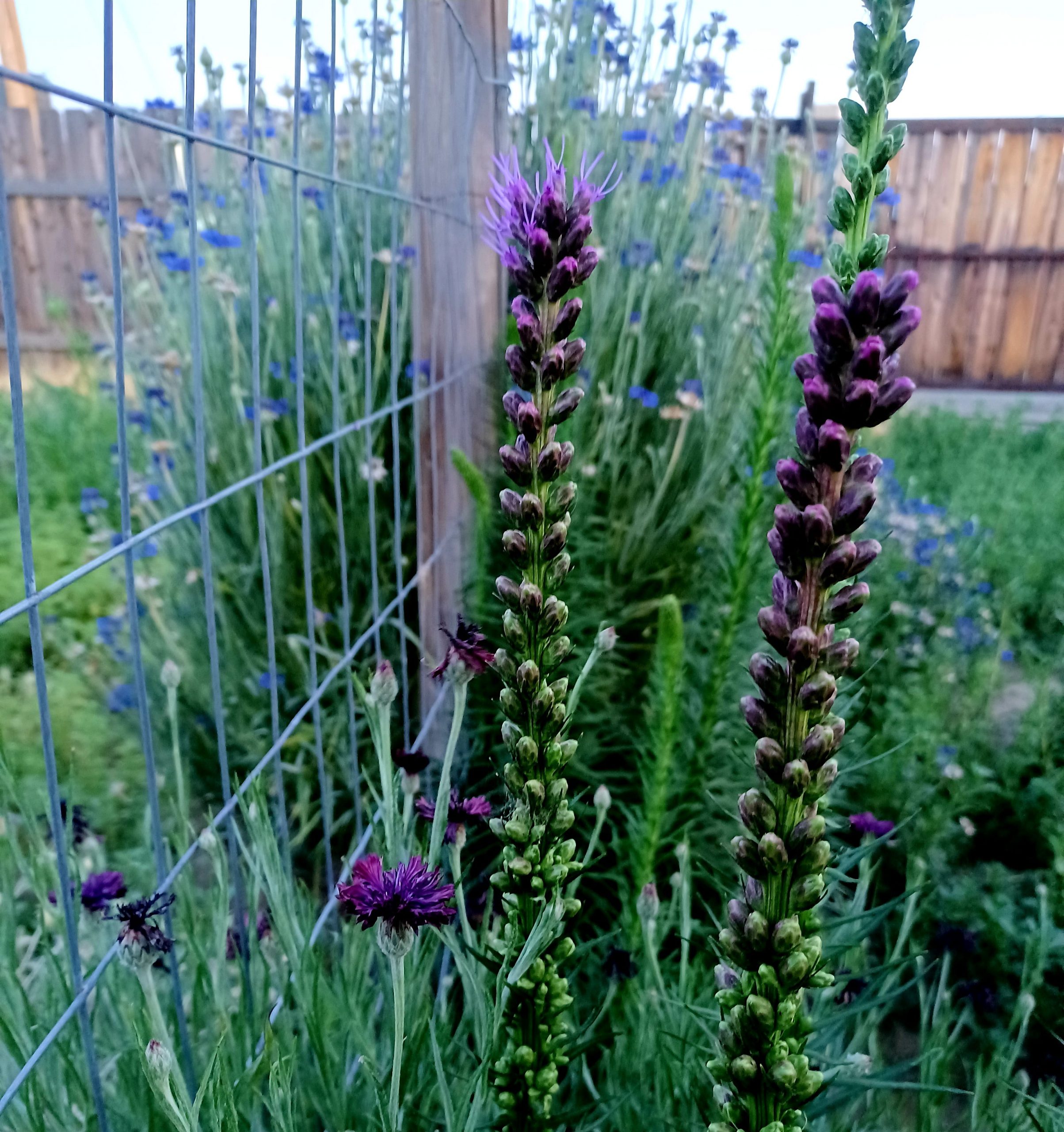When to Plant Liatris Bulbs
Plant your corms in the spring, as soon as the soil is workable and the danger of frost has passed.
Where to Plant Liatris Bulbs
Select an area that receives full sun and that is a well-draining bed with rich soil. Avoid sites that collect standing water. Blazing Stars are relatively drought tolerant, can tolerate some shade, are naturally pest and disease resistant, and deer typically ignore them.
How to Plant Liatris Bulbs
Prepare your planting area by spreading two inches of compost over the site, and dig the compost into the top six to eight inches of soil. Compost will aid in drainage and improve the nutrient content of the soil. Dig a hole three inches deep for each corm. Space the holes 12 to 15 inches apart in all directions. Set each corm with its flat side on the bottom, and fill in the hole with soil. Water the bed lightly so the soil is moist, but not saturated.
How to Care for Liatris
Once blooms are established, dead head any blooms that are spent to prolong bloom time. After blooming season, cut back stalks to the grassy leaves. If you choose, you can leave the seed heads and stalks until spring for migrating birds to eat.


